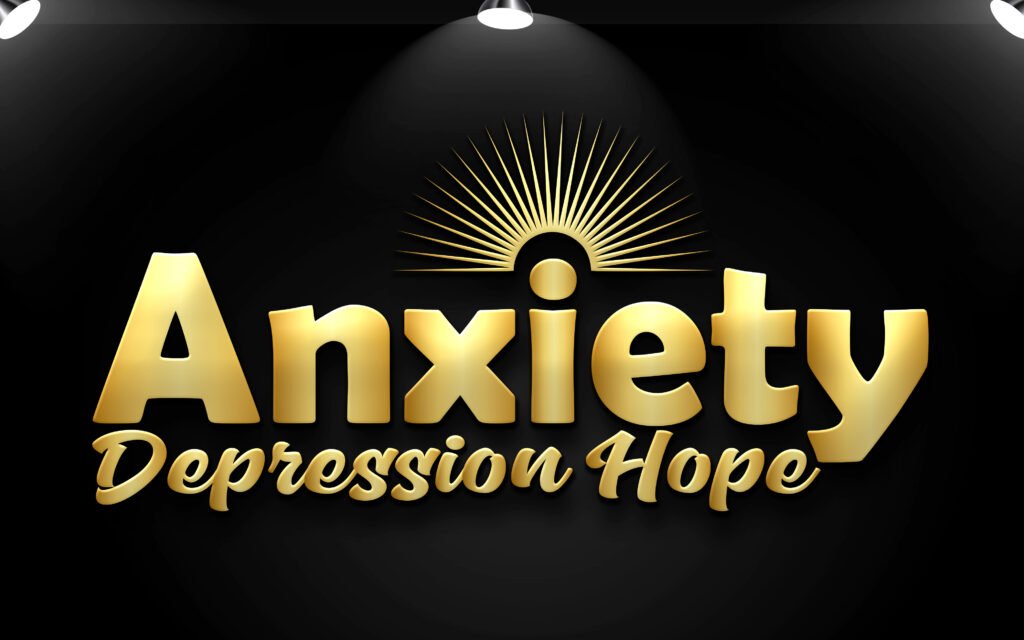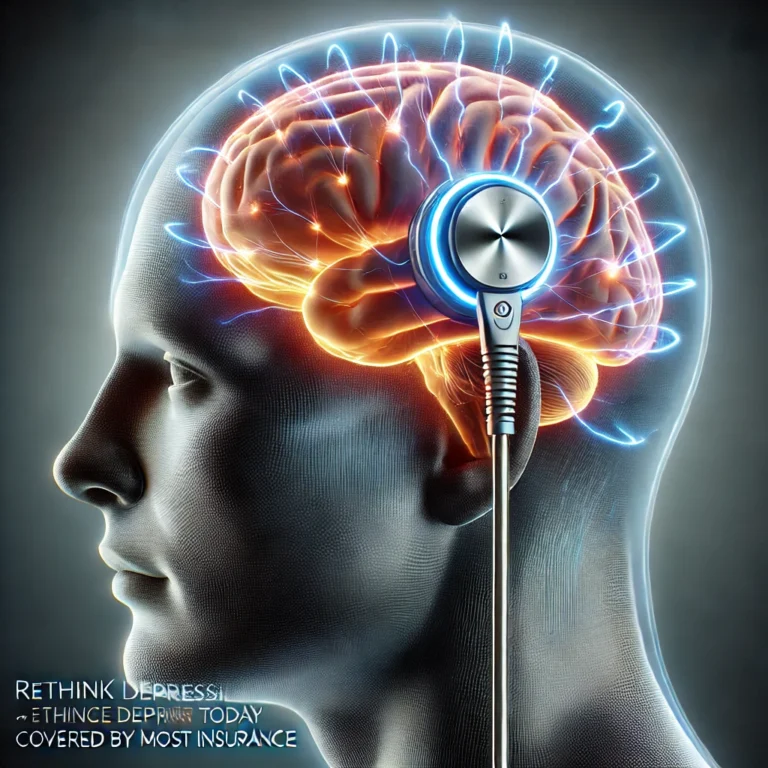How Virtual Reality is Changing Mental Health Treatment
Introduction to Virtual Reality Therapy
Virtual reality (VR) therapy has emerged as a groundbreaking approach within the mental health field, offering new avenues for treatment and engagement. This innovative form of therapy utilizes immersive technologies to create simulated environments that enable patients to confront and manage their psychological challenges in a safe and controlled setting. Unlike traditional therapy methods, which often rely on verbal communication and cognitive exercises, VR therapy provides a multisensory experience that can enhance the therapeutic process.
The integration of VR technology into therapeutic settings allows mental health professionals to develop customized interventions tailored to individual needs. For instance, a patient with social anxiety can practice their social skills in a virtual café, where they can interact with avatars in various social situations without the pressures associated with real-life encounters. This immersive experience can lead to reduced anxiety and increased confidence when facing similar situations in the real world.
Furthermore, VR therapy has shown promise in addressing prevalent issues such as depression, phobias, and post-traumatic stress disorder (PTSD). By simulating scenarios that evoke specific emotions or reactions, therapists can carefully guide patients through exposure therapy, helping them to confront their fears in a gradual and manageable way. This contrasts with traditional methods, which may involve discussing past traumas non-visually or utilizing role-playing techniques that may not engage the patient fully.
The potential benefits of VR therapy extend beyond individual treatment. The scalability of virtual reality applications makes it possible to reach a broader audience, addressing mental health issues in various demographic groups. As technology continues to advance, the integration of VR into mental health treatment is poised to revolutionize approaches to psychological care, offering hope for those navigating challenges such as anxiety and depression.
How VR Therapy Works
Virtual Reality (VR) therapy represents an innovative approach to mental health treatment, leveraging the power of immersive technology to create controlled therapeutic environments. At its core, VR therapy utilizes VR headsets and software designed to transport patients into meticulously designed virtual environments. These setups can range from serene landscapes conducive to mindfulness exercises to more stimulating scenarios aimed at confronting specific phobias through exposure therapy.
The technology behind VR therapy generally involves advanced graphics and sensory inputs which enhance the immersive experience. Patients are equipped with headsets that provide a three-dimensional view of the virtual environment, while additional devices such as hand controllers can enable interactions within that space. This interactive capability is crucial, as it allows patients to engage with their surroundings in real-time, which can help them practice coping mechanisms in situations that mimic real-life experiences.
One of the significant advantages of VR therapy is its adaptability. Each experience can be tailored to meet individual patients’ needs, thereby addressing specific issues such as anxiety, depression, or various phobias. For instance, a patient dealing with social anxiety may navigate through virtual social settings that aid in developing social skills in a safe space. In contrast, someone coping with post-traumatic stress might be guided through controlled exposure to memories associated with their trauma, thereby promoting desensitization.
This controlled yet immersive nature of VR settings provides a unique platform for therapeutic interventions. The ability to simulate real-life scenarios without real-world risks allows patients to explore their feelings, confront fears, or practice coping strategies under the supervision of mental health professionals. Overall, VR therapy serves as an engaging, effective adjunct to traditional treatment modalities, demonstrating significant potential in the evolution of mental health treatment.
Benefits of VR Therapy
Virtual Reality (VR) therapy is emerging as a groundbreaking tool in the field of mental health treatment, offering numerous benefits that traditional approaches may lack. One of the most significant advantages of VR therapy lies in its ability to create immersive and realistic scenarios that facilitate exposure therapy. This method allows patients, particularly those with conditions such as post-traumatic stress disorder (PTSD), to confront their fears in a controlled environment. By gradually exposing individuals to anxiety-provoking situations, VR therapy can aid in desensitization and help them acquire coping strategies, ultimately reducing the severity of their symptoms.
Additionally, VR therapy enhances mindfulness practices by providing patients with virtual environments designed to promote relaxation and self-awareness. Through the use of engaging environments, individuals can practice mindfulness techniques that help to alleviate stress and anxiety. This more interactive approach encourages patients to immerse themselves fully in the therapeutic process, making it easier for them to concentrate on their emotional responses and thought patterns.
Moreover, the element of enhanced engagement in therapy sessions is another critical benefit of VR. Patients often report feeling more involved and motivated when using VR technology compared to traditional treatment methods. This increased engagement can lead to improved therapeutic outcomes and a higher likelihood of adhering to treatment plans. Evidence highlights positive outcomes not only in patients with PTSD but also in those experiencing social anxiety and panic disorders. Testimonials from practitioners and patients alike suggest that the incorporation of VR in mental health treatment significantly contributes to effective therapy, enhancing the overall treatment experience.
As VR therapy continues to evolve, its potential to revolutionize how mental health professionals approach treatment becomes increasingly evident. Patients benefit from this innovative method, which aims to provide effective solutions tailored to their unique needs.
The Future of Mental Health and VR Innovation
The advent of virtual reality (VR) technology presents a transformative opportunity for the field of mental health treatment. As research continues to evolve, the potential applications of VR therapy are becoming increasingly evident. With advancements in VR systems and software, clinicians are now better equipped to provide engaging and immersive experiences for patients, facilitating more effective therapeutic interventions. These innovations are particularly promising for addressing anxiety disorders, phobias, and post-traumatic stress disorder (PTSD), where exposure therapy can be simulated in a controlled environment.
Ongoing studies investigate how VR can enhance traditional therapeutic methods by providing a safe platform for patients to confront their fears or anxieties gradually. For instance, a person with a fear of flying can undergo simulations that replicate the flying experience, while being guided by a therapist. This method not only aids in desensitization but also empowers patients to develop coping strategies in real-time. The combination of exposure and cognitive restructuring in a VR setting represents a significant shift in how mental health issues can be effectively managed.
Looking ahead, the integration of artificial intelligence in VR applications can further personalize treatment processes, tailoring experiences to the unique needs of each individual. As these technologies become more accessible and affordable, the landscape of mental health care could shift toward providing vital services to underserved populations. Therefore, the collaboration between mental health professionals and technologists will play a crucial role in shaping the future of VR therapy.
Ultimately, the potential of VR to revolutionize mental health treatment is vast and expanding. By embracing ongoing research and technological advancements, we can move towards a future where mental health care is not only more effective but also more accessible. Readers are encouraged to explore the latest developments in VR therapy and engage with resources that can provide further insights into how this innovative approach is changing the landscape of mental health treatment.







